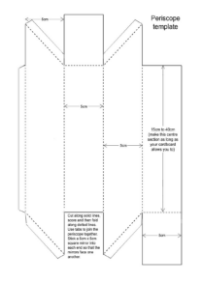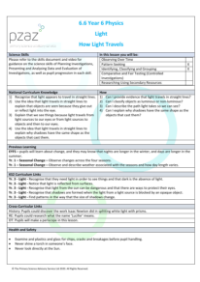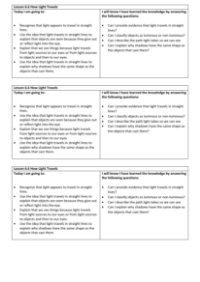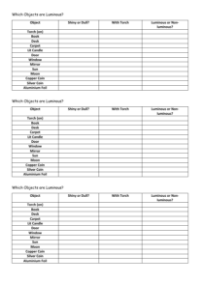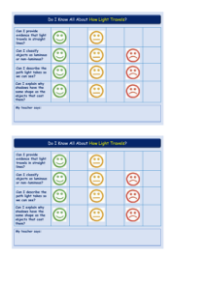How Light Travels - Presentation
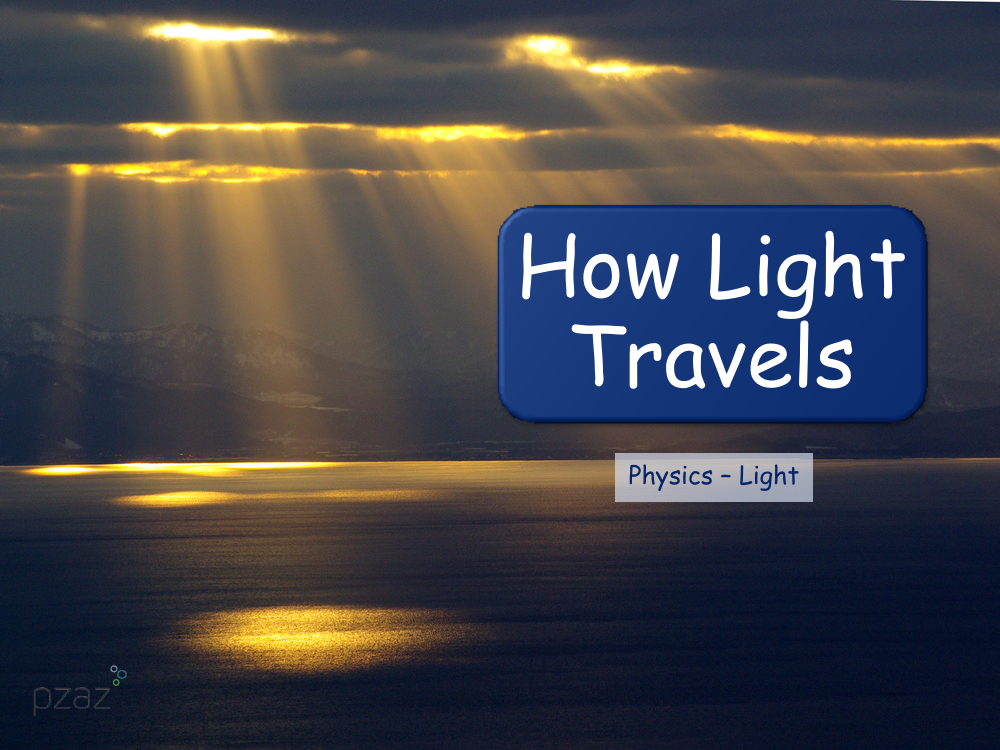
Science Resource Description
The educational presentation on "How Light Travels" delves into the fundamental concepts of physics related to light. It aims to equip students with the ability to provide evidence that light travels in straight lines and to distinguish between luminous and non-luminous objects. The lesson also covers how we perceive light and the reasons behind the shapes of shadows. A scenario is presented where a child asks their father about the reflective lights on the road, known as cat's eyes. The father explains the concept of reflection, noting that these lights don't light up on their own but reflect the light from car headlights. He further clarifies that luminous objects, like the sun or a torch, emit their own light, while non-luminous objects, like the moon, merely reflect light. The child then contemplates on the reflective properties of different materials, concluding that metals are typically good reflectors due to their shininess, whereas black objects are not as reflective due to their dullness.
Through a series of interactive activities and questions, the presentation encourages students to explore light and its properties further. One activity involves aligning holes in three blocks to allow light from a torch to pass through, illustrating that light's straight-line travel is interrupted when the blocks are misaligned. Another experiment uses a tube and candle to show that light must enter the eye from an object for it to be visible. Students are asked to classify objects as shiny or dull and determine whether they are luminous or non-luminous. Additionally, the lesson examines how light behaves when it interacts with different lenses, discussing the role of convex and concave lenses in vision correction. The concept of periscopes is also introduced, highlighting the practical application of light reflection and straight-line travel. The presentation concludes with a review of the key learnings, ensuring students understand how light travels and the nature of the objects it interacts with.



